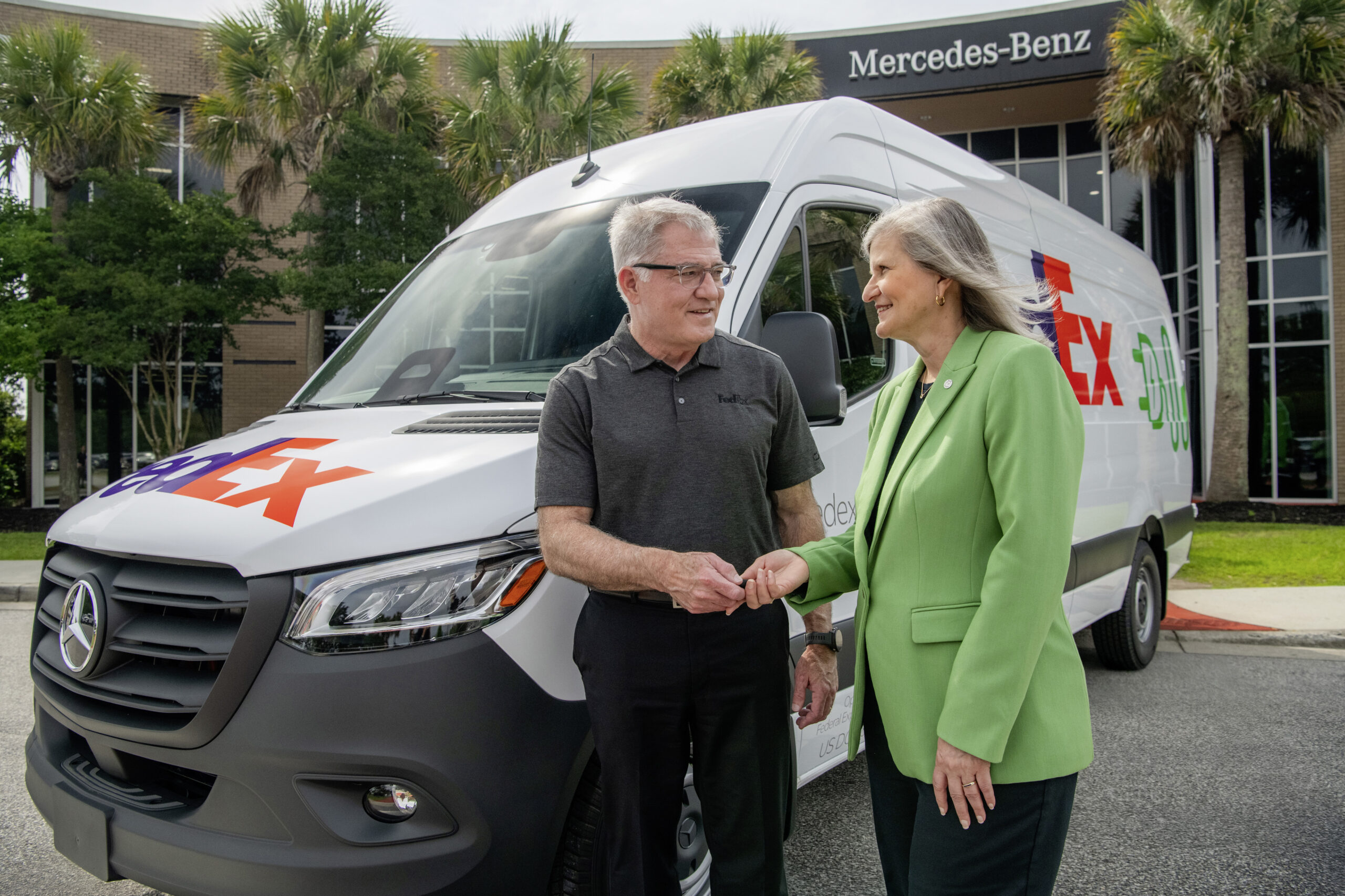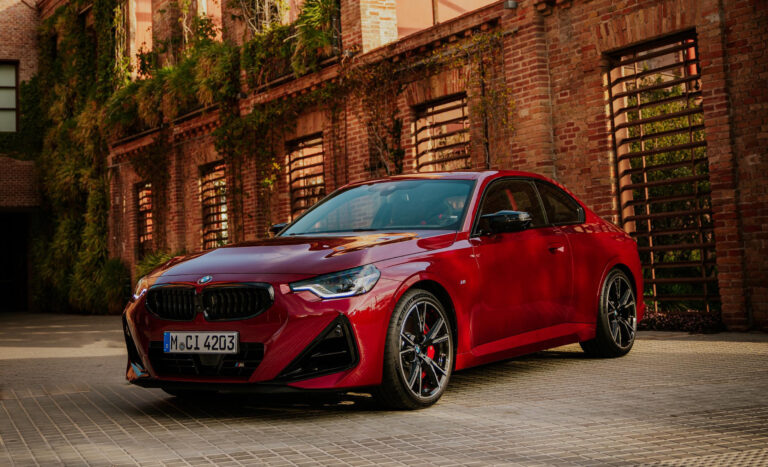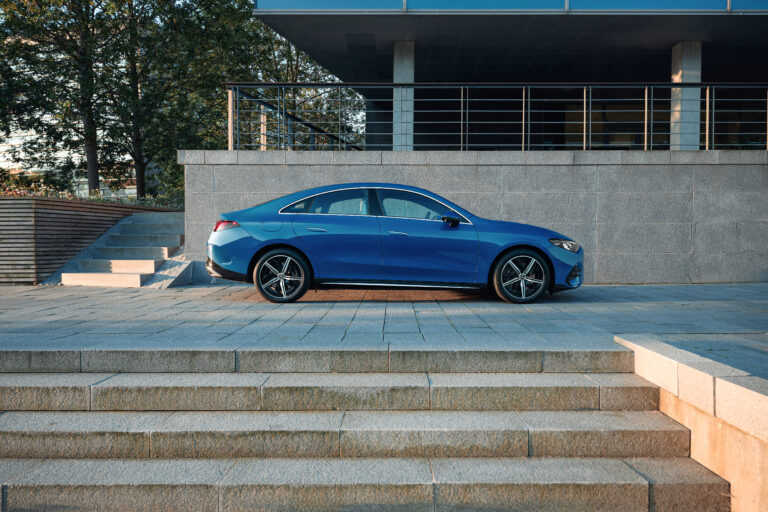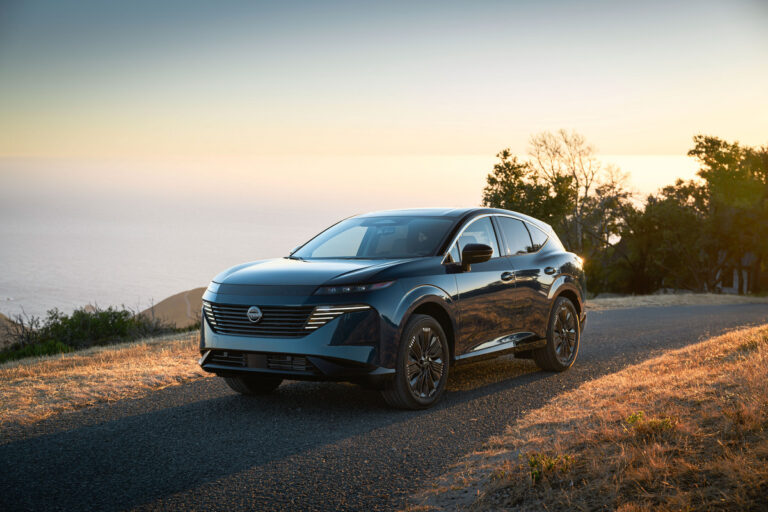Five Million Sprinters and Counting: How Mercedes-Benz Turned a Box on Wheels into a Global Icon
By Nik Miles
What’s the global symbol of dependability that’s neither flashy nor ferocious, yet quietly ferries everything from Amazon packages to your cousin’s questionable band gear? It’s the Mercedes-Benz Sprinter—and now it’s got five million reasons to celebrate.
This month, Mercedes-Benz Vans handed over its five-millionth Sprinter. Not just any old diesel box van, mind you. This one was electric—an eSprinter assembled in Charleston, South Carolina—and delivered into the eager hands of FedEx. Cue confetti. Or, in this case, maybe just a flash of hazard lights and a high-voltage handshake.
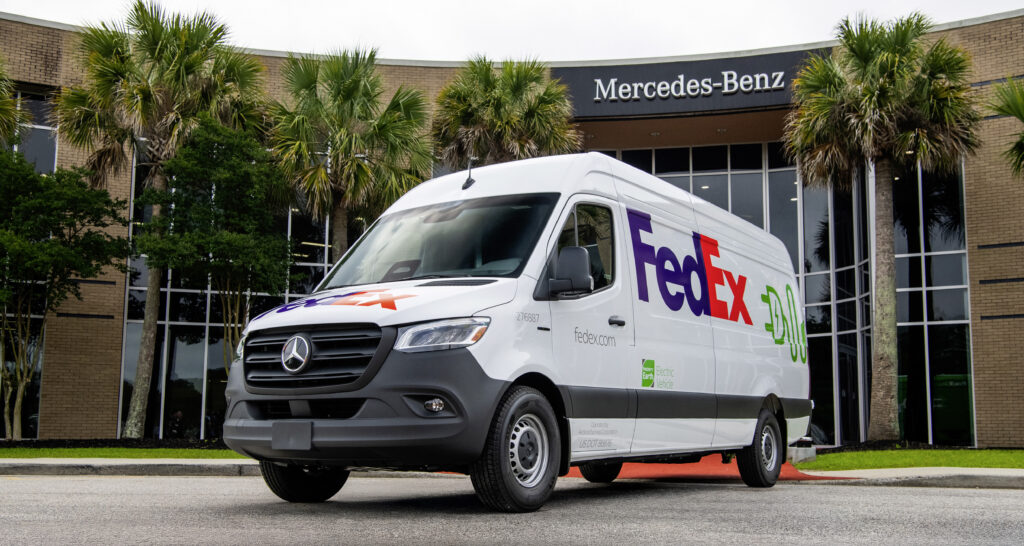
Q: What makes this milestone matter?
To the average driver, five million vans might sound like background noise to the roar of sports cars or the hum of EVs. But the Sprinter is the unsung hero of modern logistics. Thirty years on, it’s still carting the global economy on its squared shoulders—while somehow looking sleeker than half the SUVs on the road.
Launched in 1995, the Sprinter wasn’t born into glamour. Its job was simple: do everything. Over three decades, it’s done just that—hauling, delivering, shuttling, and rescuing with all the stubborn elegance of a German butler. And now, it’s going green.
The fact that the five-millionth unit was an electric van is not just symbolic. It’s strategic. Mercedes is staking its future on electric mobility, and the eSprinter is at the vanguard. With up to 113 kWh of usable battery and a range of nearly 300 miles, it’s not just a last-mile solution—it’s a long-haul rethink.
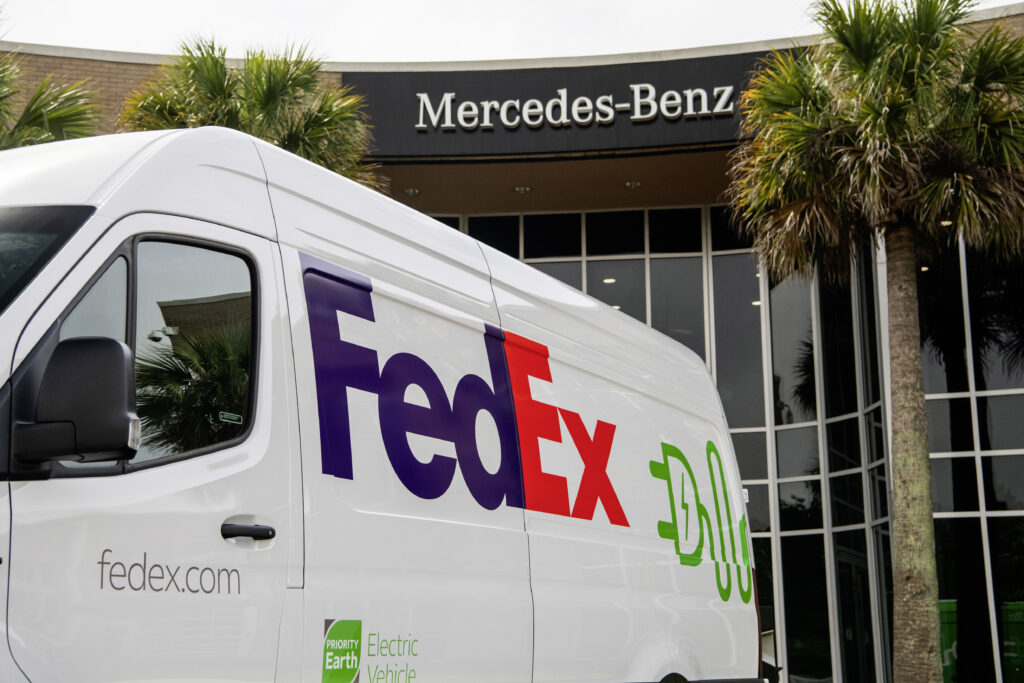
Q: Why Charleston, South Carolina?
Because Charleston is now more than just sweet tea and shrimp and grits. It’s the nerve centre of Mercedes-Benz Vans in North America.
The Ladson plant—just outside the city—has been assembling Sprinters since 2006. Initially, they bolted together kits shipped from Germany. But in 2018, Mercedes put its money where its mouth is and ploughed $500 million into upgrading the facility for full-scale production. The result? Over 900 employees (and counting) are building vans from the ground up, right here in the U.S.
This factory’s not just churning out vans—it’s building jobs, electrifying fleets, and quietly transforming the American South into an EV manufacturing hub. It’s what you’d call industrial reinvention, with fewer steel mills and more silicon.
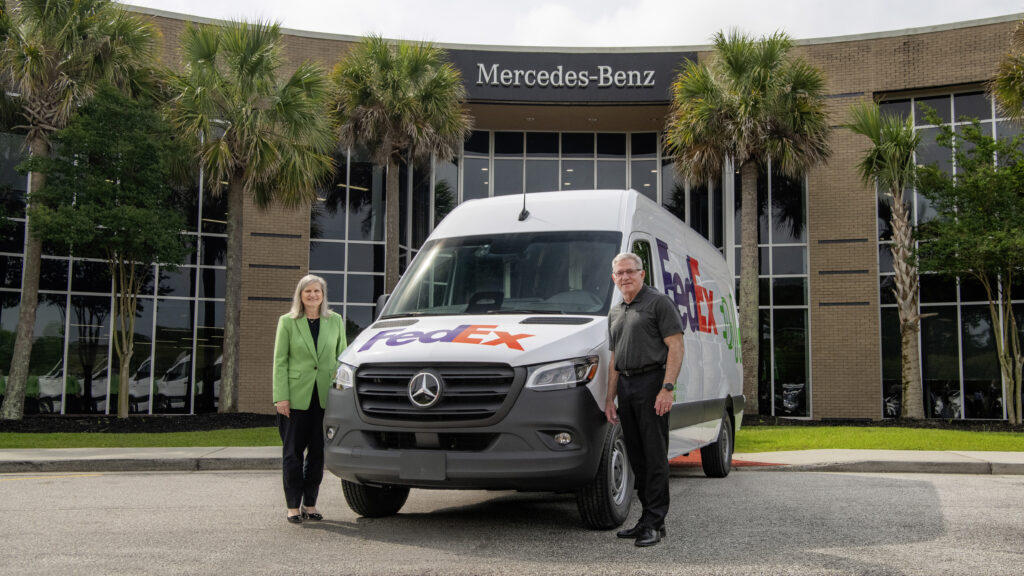
Q: Is the eSprinter actually any good?
Well, it’s no AMG GT Black Series. But it might be more important.
The new eSprinter comes in multiple battery configurations and drive setups, offering flexibility for fleets and municipalities looking to decarbonize without disrupting operations. It’s whisper-quiet, emissions-free, and tough as ever—a rare combo in an industry still muddling through its EV adolescence.
FedEx seems to think it’s a good bet. The logistics giant already operates Mercedes-Benz vans in both combustion and electric forms, with dozens of eSprinters deployed across Spain, the U.K., and now the U.S. It’s not charity; it’s math. Lower fuel costs, lower emissions, lower headaches when regulatory penalties kick in.

Q: Isn’t a van just… a van?
Ah, but that’s where you’re wrong.
The Sprinter didn’t just dominate the segment—it invented it. Before Sprinter, American cargo vans were slab-sided dinosaurs. Mercedes brought Euro-style ergonomics, turbo diesel efficiency, and unibody construction. It was the Apple iPhone to Detroit’s flip phone.
And unlike some rivals, Mercedes didn’t rest on its laurels. With each new generation came smarter packaging, more tech, and now, electrification. The 30th-anniversary edition Sprinter—rolling out this year—adds modern comforts and safety assists, proving that even workhorses deserve nice things.
Q: So, what’s the real story?
The Sprinter is no longer just a commercial van. It’s a bellwether.
Its shift from diesel to electric isn’t about hype. It’s about how even the most utilitarian vehicles are being forced to evolve. And Mercedes-Benz, to its credit, is not just following that shift—it’s driving it.
As global demand for clean transportation surges, vehicles like the eSprinter will become the face of change. It may not be glamorous, but it’s pivotal. Because real revolutions don’t always arrive in sports cars—they arrive in delivery vans.
📢 Enjoyed this article? Stay in the driver’s seat with more automotive insights! Follow @NikJMiles and @TestMiles on social media for the latest news, reviews, and behind-the-scenes exclusives. Don’t miss out—join the conversation today!

